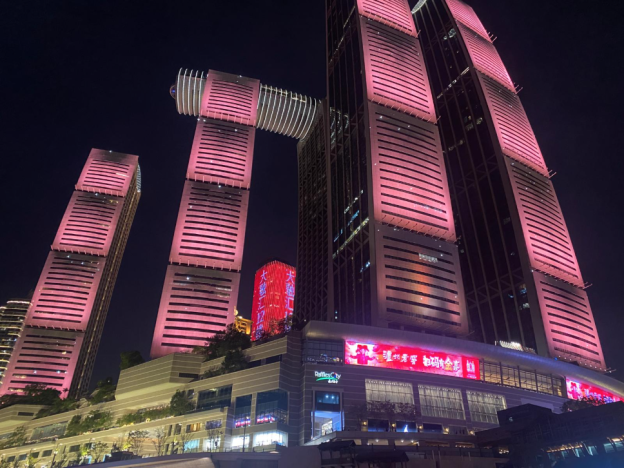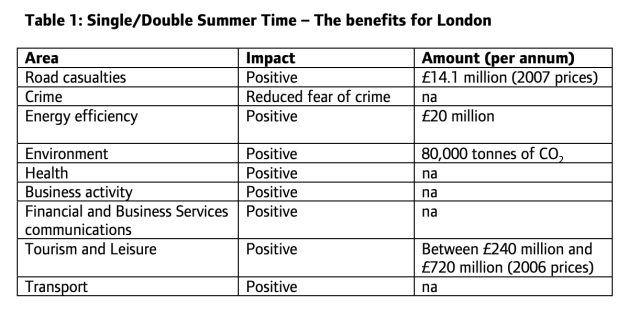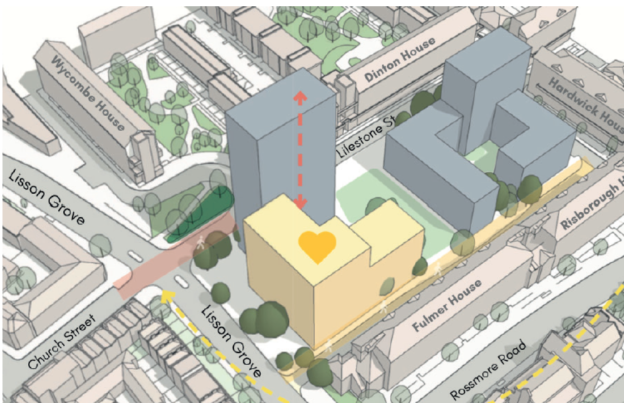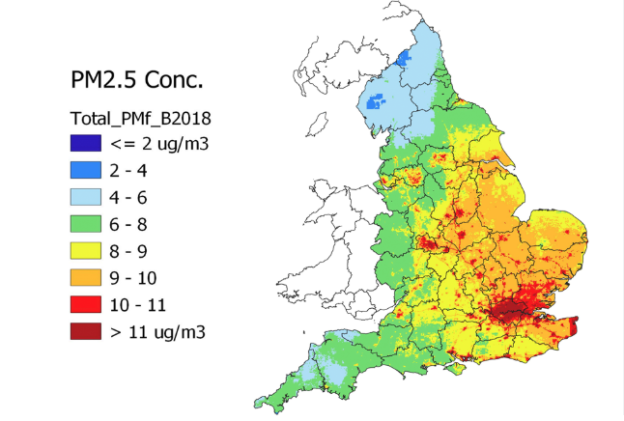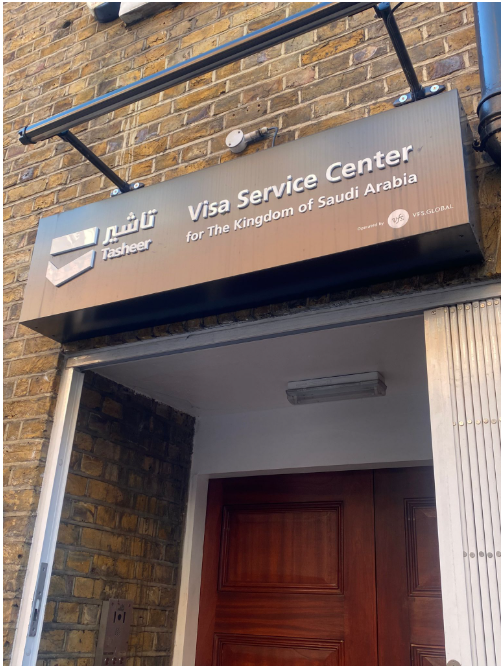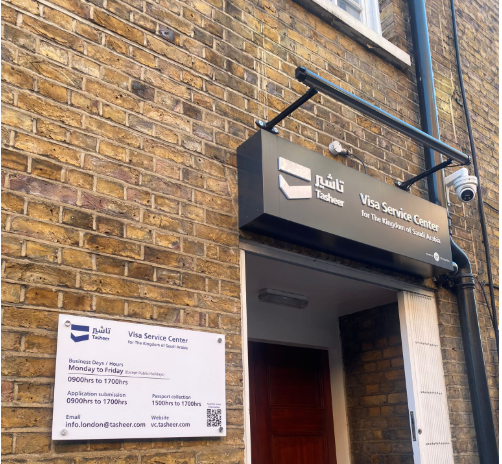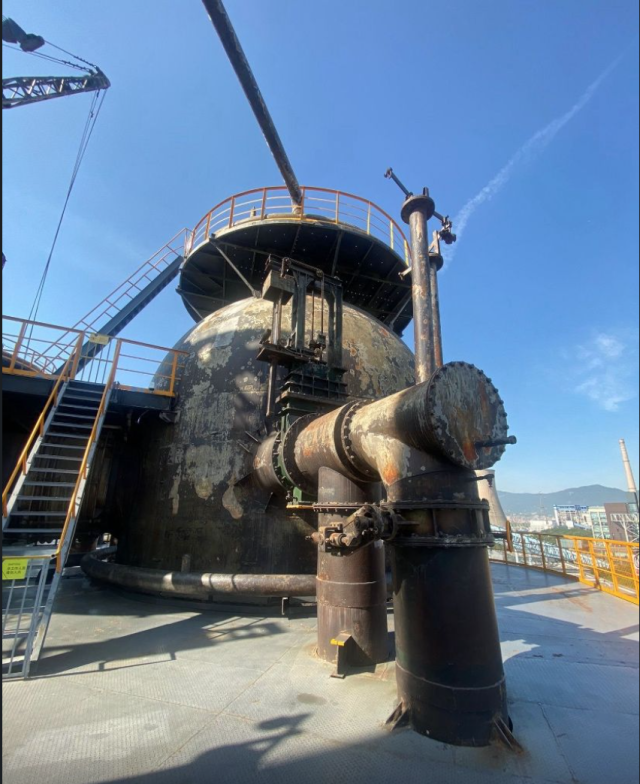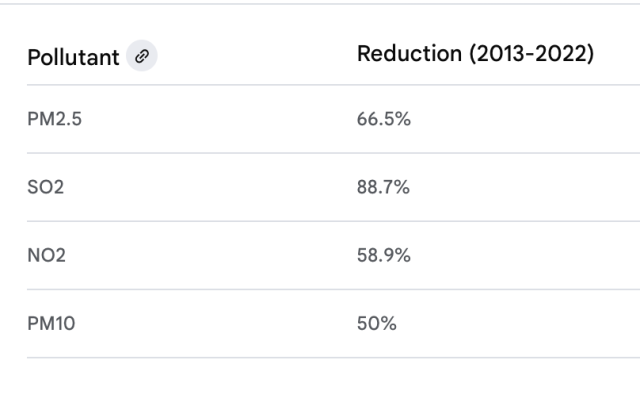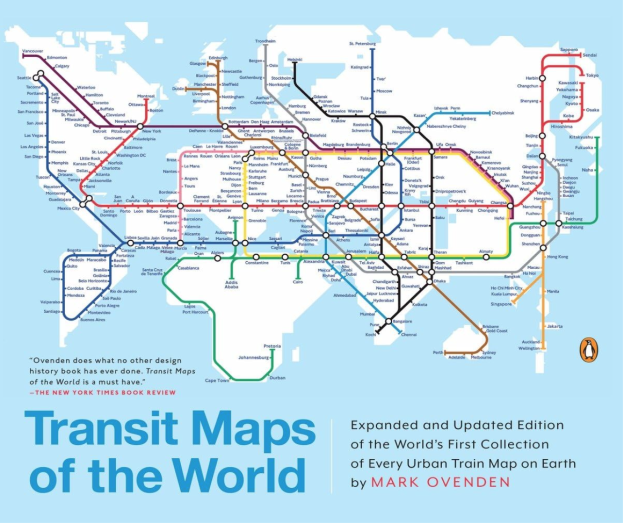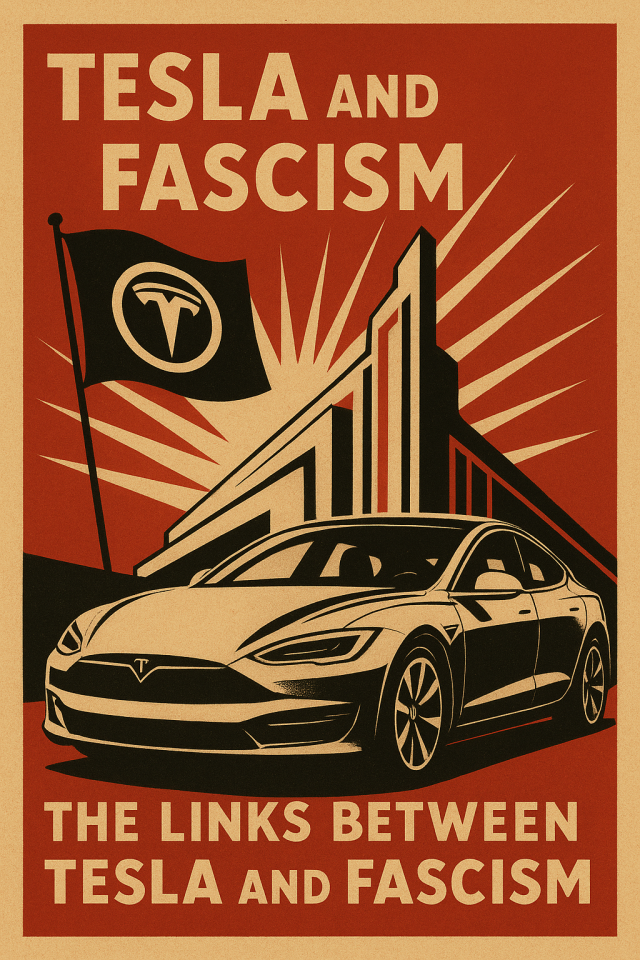On my last trip to Chinese cities ( Beijing, Chongqing & Guangzhou) last month, l was amazed to see the progress made since my first trip to China in 2008 in their infrastructure particularly transport for their growing cities. It got me thinking how maybe land value capture via taxation or other forms may of helped this huge upgrade to their growing mega-cities. So l got asking around and found out the following.
In mainland China, all urban land is owned by the state and rural land is collectively owned by villages. So there’s no private freehold landownership in cities, only leasehold “land use rights” (LURs), typically lasting 40–70 years. So clearly they don’t have entities like the Crown Estate and Grosvenor Estate dominating land holdings in their major cities.
Since the 1990s, local governments in Chinese megacities (e.g. Shanghai, Shenzhen, Beijing, Guangzhou) have financed massive infrastructure expansion primarily through a system often called land finance (土地财政). This is not a classical land value tax like Henry George envisioned, but the economic effect is similar — it captures the increase in land value caused by urbanisation and public investment. This land financing is the core of their urban infrastructure growth.
The mechanism involves the government converting rural land to urban land use by
selling or auctioning the land use rights to developers (residential, commercial, or industrial). Revenue from these sales (and related taxes/fees) is used to fund infrastructure such as subways, roads, and utilities. As infrastructure improves, land values rise, allowing further profitable land leases. This creates a feedback loop where infrastructure investment and land value capture reinforce each other. All of this is largely in response to over the last 30 years, rural migration to Chinese cities being the largest internal migration in human history, with over 200 million people moving for economic opportunities, which drastically increased the urban population and labor force.
While China doesn’t have a classical land value tax, it has land-related fiscal instruments that function similarly as outlined in the table below;
| Instrument | Description | Link to Land Value |
|---|---|---|
| Land Use Rights Leasing Fees (土地出让金) | One-time payment by developers for the right to use state-owned land for a fixed term | Captures full market value at time of sale |
| Urban Land Use Tax (城镇土地使用税) | Annual tax on land area (based on use and location, not market value) | Limited progressivity; not a true land value tax |
| Property Tax (房产税) | Pilot programs in Shanghai and Chongqing (based partly on property/land value) | Small-scale experiments toward value-based taxation |
| Land Appreciation Tax (土地增值税) | Tax on profit made when land use rights are transferred | Captures part of the increase in land value over time |
A very good example is Shanghai’s metro system expansion (now one of the world’s largest) was largely financed by selling or leasing land parcels around new metro stations; using the proceeds to finance metro construction; and capturing land value uplift due to improved accessibility. This is essentially a land value capture model, similar in spirit to land value taxation, though implemented via lease auctions and development rights sales rather than annual taxes.
So in summary the different aspects of their model in comparison to LVT can be highlighted as follows in the table below;
| Aspect | Classical Land Value Tax | Chinese Land Finance |
|---|---|---|
| Legal form | Recurring tax on land value | One-off lease fees and related taxes |
| Ownership basis | Private land ownership | State ownership of land |
| Timing | Annual | Upfront (at lease sale) |
| Economic effect | Capture land value increases | Capture land value increases |
| Use of proceeds | Public spending, infrastructure | Public spending, infrastructure |
While Chinese megacities have not implemented a formal “land valuation tax”, they have effectively used state control over land and land value capture mechanisms to finance urban infrastructure — achieving results that mirror the purpose of such taxation. In other words, China has practiced “land value capture without land value tax.”
